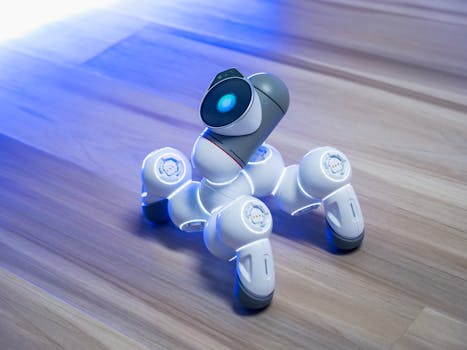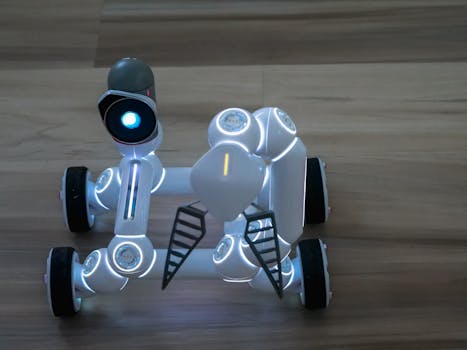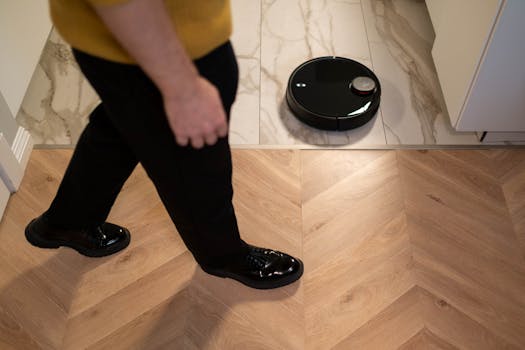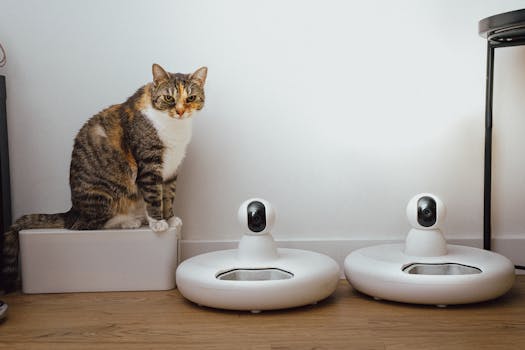
Smart Homes 2025: The Rise of AI-Driven Devices
Smart Homes 2025: The Rise of AI-Driven Devices is an emerging trend that is changing the way we live and interact with our homes. With the increasing use of artificial intelligence (AI) and the Internet of Things (IoT), our homes are becoming smarter, more efficient, and more comfortable.
Introduction to Smart Homes

A smart home is a home that is equipped with advanced technology and devices that can be controlled and monitored remotely. These devices can include thermostats, lighting systems, security cameras, and entertainment systems, among others. The goal of a smart home is to make life easier, more convenient, and more enjoyable for its occupants.
The Rise of AI-Driven Devices

In recent years, there has been a significant increase in the development and use of AI-driven devices in smart homes. These devices use machine learning algorithms and natural language processing to learn and adapt to the habits and preferences of the occupants. They can perform tasks such as adjusting the lighting and temperature, playing music, and even controlling the security systems.
Benefits of Smart Homes

The benefits of smart homes are numerous. They can help to reduce energy consumption, improve safety and security, and increase the overall comfort and convenience of the occupants. Smart homes can also help to reduce the risk of accidents and injuries, and can even help to improve the mental and physical health of the occupants.
Examples of AI-Driven Devices

Some examples of AI-driven devices that are commonly used in smart homes include Amazon Echo, Google Home, and Apple HomePod. These devices can be controlled using voice commands, and can perform a wide range of tasks, from playing music to controlling the lighting and temperature.
Challenges and Limitations

Despite the many benefits of smart homes, there are also some challenges and limitations to consider. One of the main challenges is the cost of installing and maintaining the devices and systems. Additionally, there are concerns about the security and privacy of the data that is collected and transmitted by the devices.
Future of Smart Homes

The future of smart homes is exciting and promising. As the technology continues to evolve and improve, we can expect to see even more advanced and sophisticated devices and systems. Some of the trends that are expected to shape the future of smart homes include the use of 5G networks, the integration of artificial intelligence and machine learning, and the development of more sustainable and energy-efficient devices.
Conclusion

In conclusion, Smart Homes 2025: The Rise of AI-Driven Devices is a trend that is changing the way we live and interact with our homes. With the increasing use of AI-driven devices and the Internet of Things, our homes are becoming smarter, more efficient, and more comfortable. While there are some challenges and limitations to consider, the benefits of smart homes are numerous, and the future of smart homes is exciting and promising.






